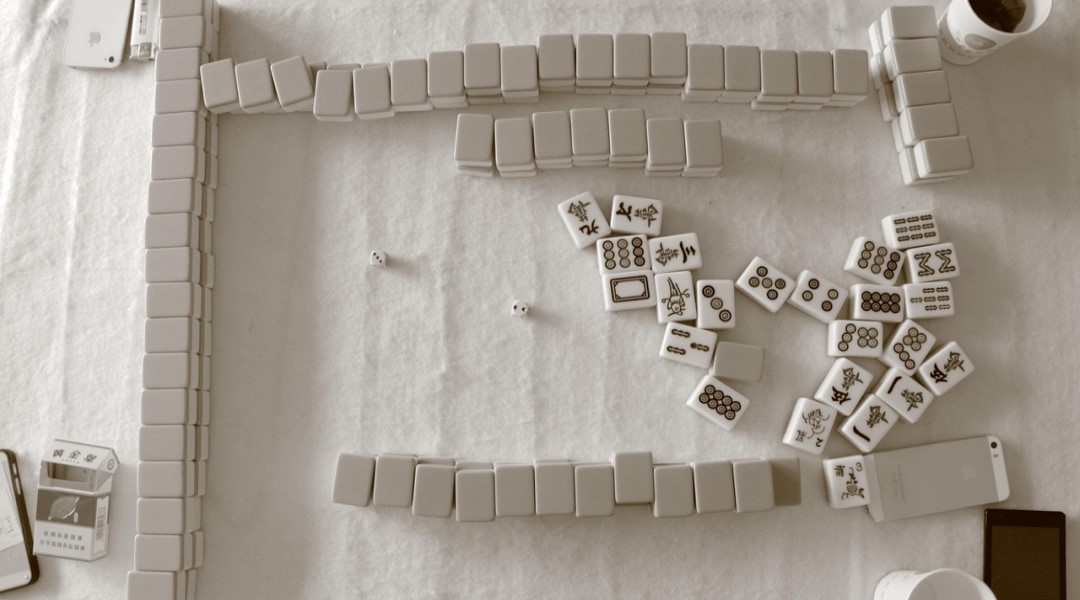How Mahjong Influenced Casino Game Design

Mahjong is more than a traditional game – it’s a blend of strategy, memory, and rich symbolism that’s captivated players for generations. Today, digital versions have brought it to a global audience through platforms like mahjong365.com, where users can play online and enjoy an exciting classic tile-matching format anytime. But Mahjong’s influence goes further. Its structure and visuals have quietly shaped modern casino games, especially slot machines designed for Asian markets. From layered layouts to symbolic tile sets, elements of Mahjong are now woven into slot machine design, creating a unique fusion of cultural heritage and interactive entertainment that continues to evolve.
The Mahjong Layout: A Blueprint for Layered Game Design
Mahjong’s layout is instantly recognizable. Tiles are arranged in neat stacks and layered in a way that demands both focus and planning. In digital versions, especially Mahjong Solitaire, players must clear tiles from the top layer down, revealing new possibilities with each move. This stacked format isn’t just visually satisfying. It creates a feeling of progression that keeps players engaged.
Modern slot machines, particularly those made for online play, have borrowed heavily from this format. Instead of traditional spinning reels, many now feature grid-based designs and cascading symbols that clear layer by layer – mirroring the way Mahjong unfolds. This structure gives slot machines a more dynamic and interactive flow, transforming each spin into a mini puzzle.
That sense of unfolding possibility has also made its way into live dealer casino games, where visual layout and real-time interaction work hand in hand. Just like Mahjong, these games keep players engaged through pacing, suspense, and structured reveal.
Symbolism That Speaks: How Mahjong Tiles Shaped Slot Aesthetics
While Mahjong’s layout influenced game structure, its symbolic tiles have left an equally strong mark on visual design. Each tile carries meaning – dragons, winds, bamboo, and characters aren’t just decorative, they’re steeped in tradition. This deep symbolic system has proven perfect for casino game designers looking to build immersive themes.
In many modern slots, symbols do more than spin. They tell a story. You’ll often see dragons, jade pieces, or gold ingots, all rooted in the same cultural motifs that Mahjong tiles represent. These symbols aren’t chosen at random. Rather, they evoke luck, prosperity, and harmony, drawing from the same visual language players already connect with.
This visual continuity helps create a seamless transition for players moving between games. From Mahjong layouts to slot screens, familiar imagery builds trust and interest. It’s a smart design choice that blends familiarity with entertainment, keeping players visually and emotionally engaged.
Decision-Making and Player Engagement
One reason Mahjong has remained popular for centuries is the level of attention it demands. Every turn involves weighing options, remembering past moves, and predicting what comes next. It’s a game that rewards mental sharpness and creates a satisfying rhythm of decisions.
Slot machine developers have picked up on this. Increasingly, modern slots include interactive features, like choosing hidden symbols, triggering bonus paths, or managing unlockable rewards, that add an element of control. These aren’t random spins anymore; they’re mini challenges that echo the logic-based flow of Mahjong.
A study on social gambling observed that Mahjong encourages interaction, stimulates mental focus, and keeps monotony at bay. It’s no surprise, then, that casino games are adopting similar patterns to keep players mentally involved rather than passively spinning reel.
Mahjong’s Role in Mobile and Social Casino Games
As casino games moved into mobile and social platforms, designers needed more than spinning reels to keep players engaged. Mahjong, already thriving in casual puzzle formats, offered a blueprint. Its combination of strategic play and gradual tile-clearing fit perfectly into app-based environments that reward progress and daily activity.
Games like Mahjong City Tours or Mahjong Trails introduced layered challenges, timed events, and collectible rewards – mechanics now common in mobile slot machines. Players aren’t just chasing wins; they’re completing levels, earning badges, and unlocking features. This blend of puzzle mechanics and casino elements has created a new style of gameplay that feels both familiar and refreshingly interactive.
The influence is easy to spot in many social casino games today. Visuals inspired by Mahjong tiles, level-based progress, and interactive bonus rounds are now part of the standard toolkit. These features add depth and momentum, turning casual play into a more meaningful and sustained experience.
Cultural Appeal and Market Adaptation
Mahjong’s influence on casino game design goes beyond mechanics and visuals – it draws on cultural familiarity and evokes a sense of emotional connection. For game developers targeting specific markets, incorporating elements of Mahjong isn’t just a stylistic choice; it’s a strategic move to connect with players on a deeper level.
This cultural integration is evident in how slot machines adopt Mahjong-inspired symbols and themes, creating a sense of nostalgia and trust among players. The game’s longstanding presence in various cultures makes it an ideal bridge between traditional gaming and modern casino experiences.
A Time magazine article on the game’s surprising history highlights how Mahjong has served as a tool for community building and cultural expression across different societies. Its role in fostering connections and its deep-rooted significance make it a valuable asset in designing casino games that resonate with diverse audiences.
Why Mahjong Still Matters in Casino Game Design
In an industry driven by innovation, it’s often the timeless ideas that leave the deepest mark. Mahjong has quietly shaped how slot machines look, feel, and function. This was not achieved by chance, but because the game’s structure speaks to something universal – the enjoyment of challenge, pattern, and reward.
As game developers continue to blend tradition with technology, Mahjong becomes less of a visual reference and more of a design philosophy. Its layered gameplay, symbolic depth, and decision-based rhythm will continue to shape casino games that strive to be both entertaining and culturally resonant. In a sea of fast thrills, we’re happy to see something ancient but lasting – a design with memory, meaning and intent.